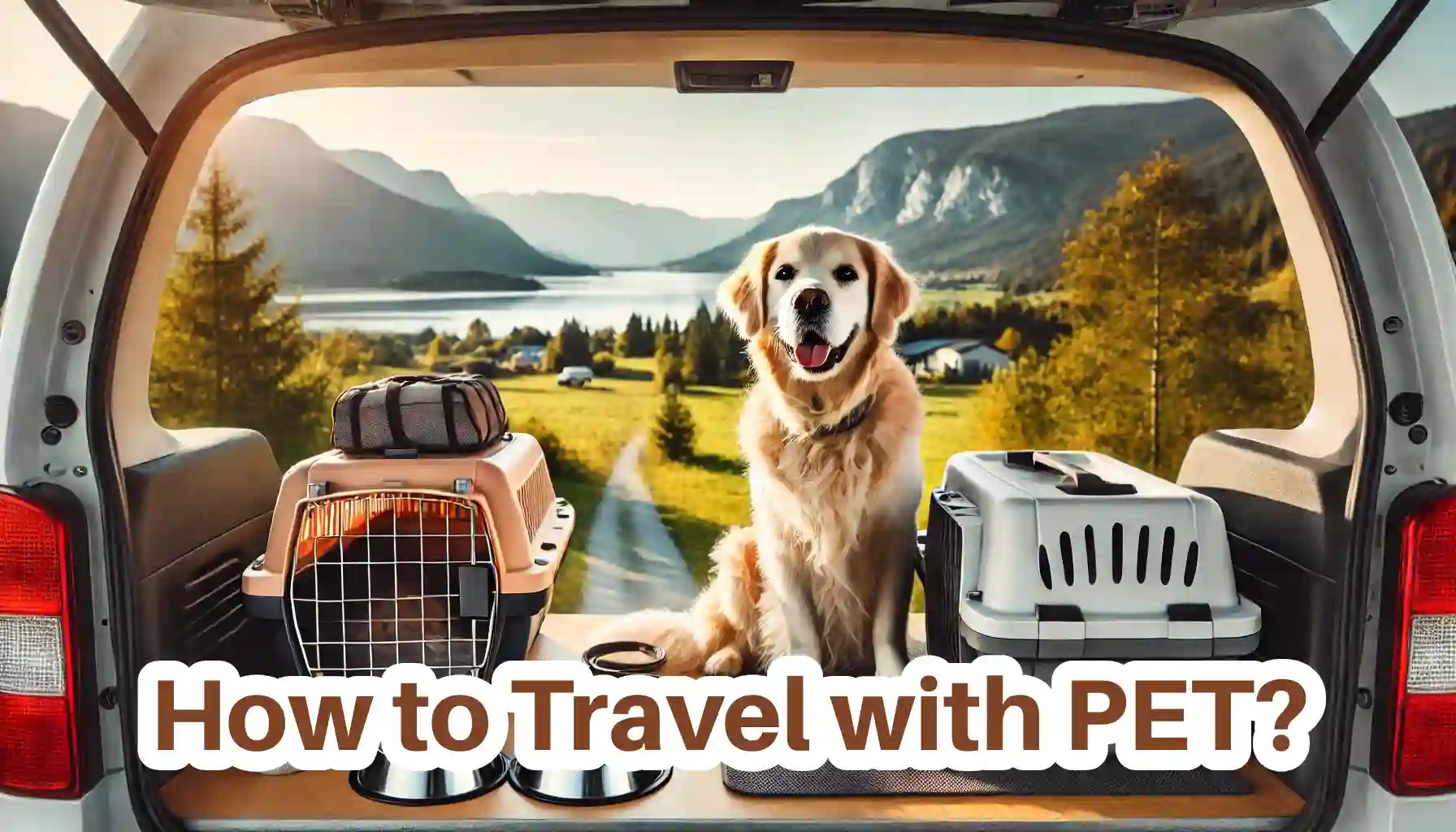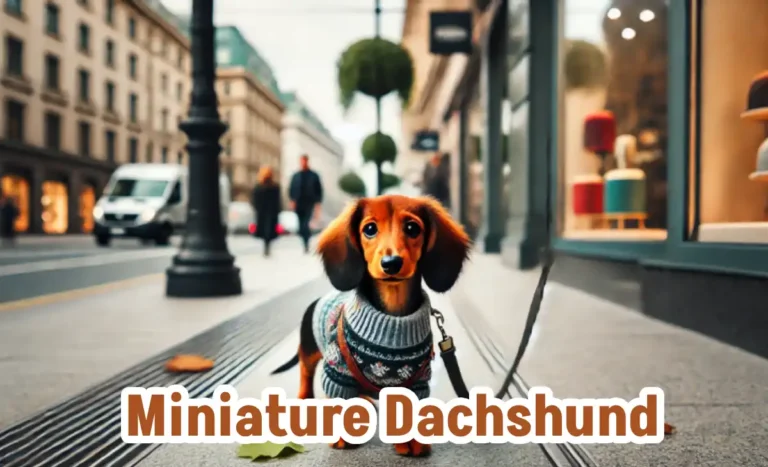Traveling with your pet is more than a journey; it’s an experience that can strengthen your bond. Whether you are going on a road trip or flying, having your pet with you can make the trip more special. There are important steps to take to keep your pet safe and comfortable.
In the United States, nearly 37% of pet owners travel with their animals. With proper preparation, you can too. This guide will help you plan your trip and keep you and your pet happy.
Preparing for Travel with a Pet
Before embarking on any trip, preparation is the key to making the experience smooth for both you and your pet. Here’s how you can ensure your pet is ready to travel:
Check Pet Health Before Travel:
Start by scheduling a visit to the veterinarian to confirm that your pet is fit to travel. This is especially important if you’re going on a long trip or flying. Your vet can give important details about vaccines, health certificates, and any medicine your pet may need.
For international travel, some countries need a health certificate. Be sure to check these rules early. Protect your pet from fleas, ticks, and other parasites. Traveling can expose them to new places where these pests are common.
Get Your Pet Familiar with the Carrier:
If your pet isn’t used to a carrier, you’ll want to start introducing it long before the trip. A carrier provides security and comfort for pets during travel, but it can also feel confining to those unaccustomed to it.
To ease your pet into the carrier, leave it open in a common area where your pet feels safe. Place some of their favorite toys or a familiar blanket inside, encouraging them to explore it on their terms. The goal is to make the carrier feel like a safe space rather than something to fear.
Research Pet-Friendly Travel Options
Finding the right travel arrangements is crucial when traveling with a pet. Not all modes of transport or accommodations are pet-friendly, so thorough research is necessary.
Airlines and Their Pet Policies:
Flying with pets can be tricky if you don’t know the airline rules. Some airlines let small pets travel in the cabin if they fit in a carrier under the seat. Bigger pets usually have to travel in the cargo hold, which can be stressful.
Always check the airline’s pet policy before booking. Be ready to pay extra fees based on your pet’s size and type. If your pet must go in the cargo hold, look for airlines with special safety rules for pets.
Pet-Friendly Accommodations:
Once you reach your destination, finding a place to stay that accommodates your pet is essential. Many hotels and vacation rentals offer pet-friendly options, but policies differ. Some may have restrictions on the size or breed of pets, while others may charge an extra cleaning fee.
Platforms like BringFido offer comprehensive lists of pet-friendly accommodations around the world. Be sure to call ahead and check the rules for pets. Always ask if they offer things like dog beds or bowls to make your stay easier.
Packing Essentials for Your Pet

Keeping pets comfortable and happy on the road or in the air requires the same travel essentials as humans. Here’s what you should pack for your pet:
Food and Water:
Pack enough food and water to last the whole trip. Bring portable bowls for easy feeding and hydration. Keeping your pet hydrated is important, especially on long trips.
If flying, bring a small amount of food and water but avoid feeding too much before takeoff to prevent discomfort. For road trips, plan meals around breaks to keep a regular feeding schedule.
Pet Comfort Items:
To ease any travel anxiety, pack some comfort items your pet is familiar with. A favorite toy, blanket, or clothing with your scent can help your pet feel calm. These items provide comfort in new places.
Bringing their favorite chew toy or bed can help make long trips easier for your pet. It gives them comfort and a sense of security during travel.
Traveling by Car with Your Pet
If you’re planning a road trip, there are a few extra precautions you should take to ensure your pet’s safety and comfort.
Safety Measures:
Leaving your pet in the car alone can be dangerous for both of you. It is important to use a pet seat belt, travel crate, or carrier to keep your pet secure and safe during the trip.
Crates are the safest option for pets in a car. They prevent distractions and offer protection during sudden stops. Provide your pet with enough space and good ventilation in the crate.
Frequent Breaks:
When traveling by car, take breaks every few hours to let your pet stretch, relieve themselves, and drink water. If you stop at a rest area, ensure it’s safe for your pet to walk around.
Bring a leash and poop bags, and never leave your pet alone in the car. Car interiors can heat up too fast, even with windows open, and this can be dangerous for pets.
Flying with a Pet
Air travel can be stressful for pets, but with the right preparations, you can make the experience easier for both of you.
In-Cabin vs. Cargo Travel:
If your pet is small, most airlines let them travel in the cabin. They must stay in a carrier that fits under the seat in front of you. Follow the airline’s rules about carrier size.
Larger pets need to go in the cargo hold. This can seem scary, but many airlines have safety procedures for pets. Make sure the crate has your contact information, and pack some food and water for your pet.
Preparing Your Pet for Air Travel:
If your pet is traveling by air, avoid feeding them a large meal before the flight. A light meal a few hours before departure is ideal. Make sure your pet is well-hydrated. If they get anxious, calming sprays or pet-safe sedatives may help. Always talk to your vet before using them.
International Travel with Pets

Traveling internationally with a pet needs extra planning. Each country has its own rules and regulations.
Research Country-Specific Requirements:
Each country has its own rules for bringing pets across borders. Some need specific vaccinations, health certificates, and microchipping. Others may have quarantine periods for animals entering the country.
Check these requirements early and make sure all the paperwork is complete before you travel. You may have to quarantine or deny entry to your pet if it is not registered.
Pet Passports:
For international travel in the European Union, your pet might need a “pet passport.” This document shows proof of your pet’s vaccinations and health. A vet provides the pet passport, and some countries need it for travel.
The passport makes crossing borders with your pet easier. In some cases, it can also help you avoid quarantine.
FAQs
What documents do I need for traveling with my pet?
You need a health certificate, proof of vaccinations, and possibly a pet passport for international travel.
How do I reduce my pet’s anxiety during travel?
To reduce anxiety, slowly get your pet used to their carrier. Bring comfort items like a toy or blanket. Ask your vet about calming aids if needed.
Can my pet travel in the cabin with me on an airplane?
Yes, many airlines let small pets travel in the cabin. They must fit in a carrier approved by the airline and placed under the seat.
Final Words
Traveling with your pet doesn’t have to be stressful as long as you plan ahead. Plan ahead to make traveling with your pet easy. Find pet-friendly stays, pack essentials, and check their health. For flights, confirm pet rules with the airline. On road trips, take breaks for your pet.
Simple steps ensure a smooth and fun trip for both of you! With thoughtful planning, you can turn travel into an adventure that both you and your furry friend will love.




